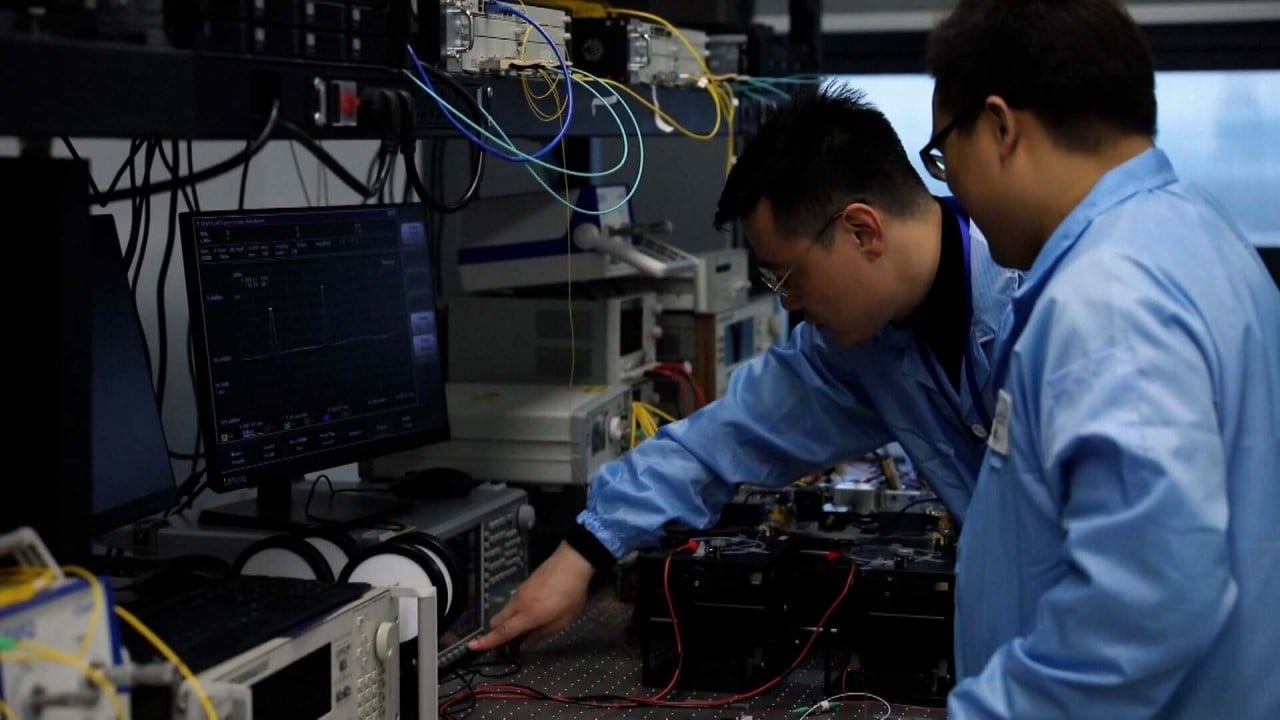Eyes on 6G safety as Chinese scientists find terahertz radiation boosts brain cell growth in mice
- Discovery can help assess new communication technology and also develop therapies to treat brain diseases, Beijing researchers say
- Separate study by team from Xian Jiaotong University finds terahertz radiation can make young mice ‘smarter’ but same effect not found in old mice

Scientists who observed the accelerated growth of mouse neurons after the rodents were exposed to brief, low-dose radiation from terahertz waves say their findings have implications for future communication devices.
After a three-minute exposure to 100-microwatt pulse radiation with wide frequencies ranging from 0.3 to 3 terahertz, the mouse neurons grow nearly 150 per cent faster than normal in a Petri dish, according to the researchers.
The total length of connections between these neurons also doubled in just three days.
Despite the superfast growth compared with a control, molecular analysis suggested the exposed brain cells remained healthy, according to the scientists.
The discovery could help evaluate the safety of new communication technology and also develop therapies to treat brain diseases, according to the researchers.
